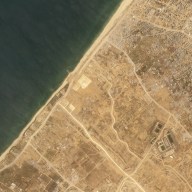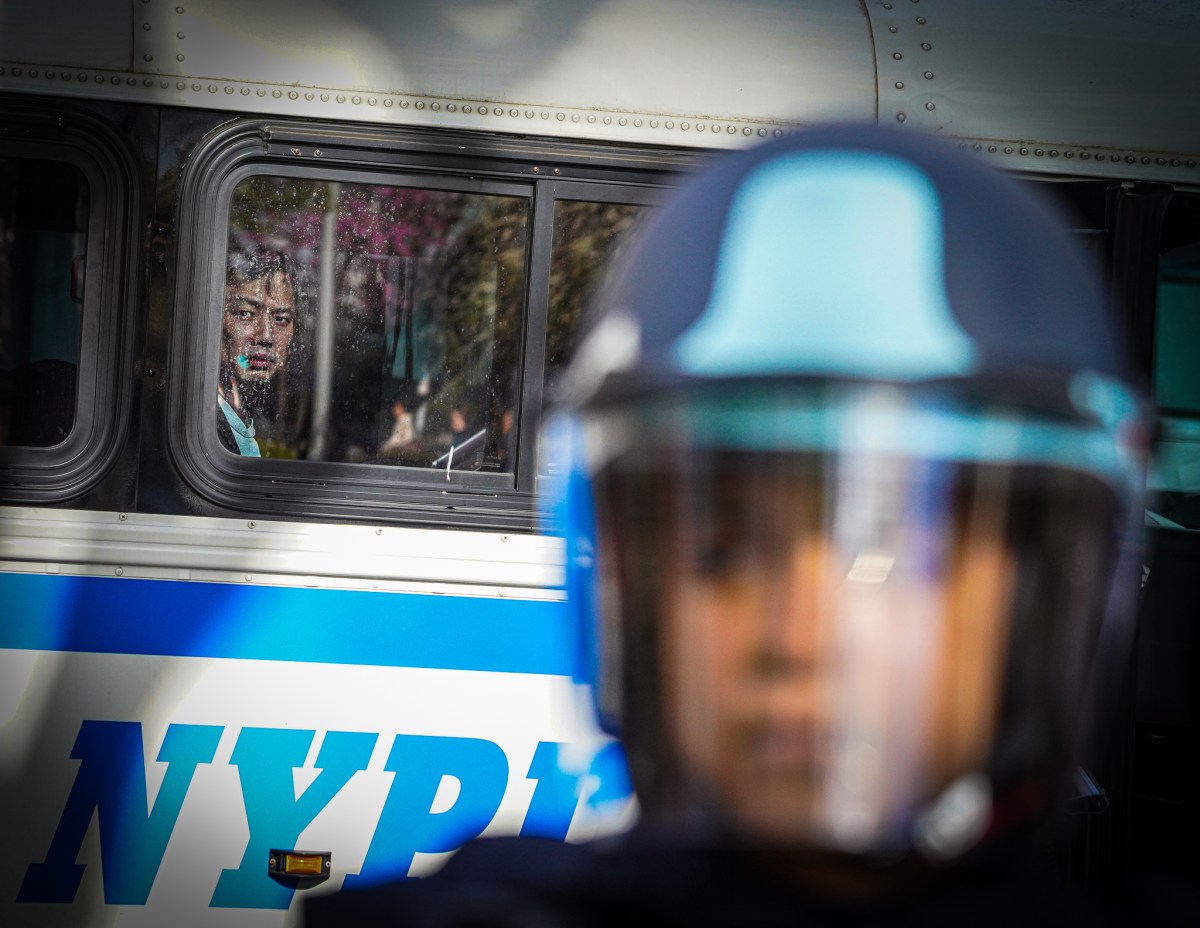TORONTO – New investment for Ontario’s roads, sewers and buildings are a step in the right direction by the Harper government, Finance Minister Dwight Duncan said Tuesday, as he estimated a matching investment of as much as $5.4 billion over the next two years for the province.
“It appears the federal government is responding in a number of areas that we’ve been asking them to for some time,” Duncan said.
A federal investment in infrastructure “will allow the faster implementation of infrastructure that might have waited longer.”
Tuesday’s federal budget included $12 billion – $7 billion in new cash – for infrastructure spending on things like roads, sewers and universities. Much of the spending will require matching funds from the provinces, municipalities or other partners.
Duncan’s preliminary estimate puts the province’s tab at $5.4 billion – $3 billion in the first year and $2.4 billion in the second.
But, he said, that number isn’t final and promised the province will dole out the money in a responsible way to try to avoid a structural deficit.
Duncan plans to have his budget ready a bit earlier than usual – by either the last week of February or the first week of March.
“We’ve been asking for this (infrastructure money) and we believe that we can do that in what I would call a fiscally prudent and responsible fashion,” he said.
One part of the budget Duncan – and several observers – took issue with was Ottawa’s choice to extend Employment Insurance benefits by five weeks for two years.
“If there was a criticism in Ontario of the budget it might be on the fact that eligibility for EI wasn’t changed,” said Craig Alexander, a senior economist at TD Bank.
“The (federal) government tried to address some of that by providing the boost to skills training, and the idea would be that workers that need to develop new skills in order to become employed could take advantage of that program.”
But overall, Alexander said, there’s much for Ontarians to support – including across-the-board income tax cuts amounting to roughly $2 billion a year.
“The emphasis is on tax cuts for low-income and middle-income Canadians and Ontarians, but even high-income Canadians will benefit from the reduction in income tax brackets,” Alexander said.
The Ontario Chamber of Commerce welcomed the infrastructure spending, but said it’s concerned cash-strapped municipalities won’t be able to pony up their share.
“It’s not a hundred per cent clear just from the minister’s speech to what degree there’s going to be opportunities for matching or not matching funds,” said Len Crispino, president of the Ontario Chamber of Commerce.
“That will simply stall things a bit further along and from our standpoint infrastructure has to move very, very quickly to have the necessary impact that it should have in the immediate term.”
But Duncan brushed those concerns aside, noting the Ontario government gave the municipalities $1 billion late last year when it announced plans to take about $1.5 billion in service costs from municipalities by 2018.
“As I understand it a lot of those monies haven’t been committed,” Duncan said.
Pat Vanini, executive director of the Association of Municipalities of Ontario, said many municipalities will do their best to find those matching funds.
But, she said, the AMO needed to sit down with both levels of government “to figure out how we can get some flexibility in the program that would allow municipal governments to take advantage of this federal budget opportunity and how we can accommodate that in any new spending.”
The federal government’s plan also includes a $1 billion investment into a southern Ontario economic development agency over the next five years to deal with job losses in the manufacturing sector.
Infrastructure projects targeted include Toronto’s Union Station, the Trans-Canada highway along Highways 11 and 17, and cross-border bridges at Sarnia and Fort Erie.
















